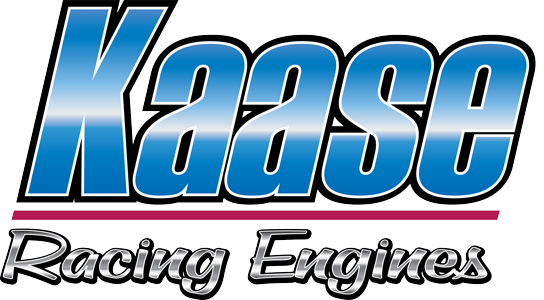Jon Kaase settles one of the most fiercely debated topics of all time with the ultimate dyno test.
Written by on April 12, 2016. Contributors: Victor Moore
 Hemi versus wedge. Which makes more horsepower? It’s an age-old question that’s difficult to answer because real-world uses for both cylinder-head architectures make direct comparisons nearly impossible. Sure, Top Fuel dragsters and Funny Cars easily stomp their Pro Stock counterparts, but comparing a supercharged, nitromethane-burning Hemi to a naturally aspirated, gasoline-burning wedge is an idiotic exercise at best. Sounds like something a magazine would dream up, but don’t worry. We didn’t.
Hemi versus wedge. Which makes more horsepower? It’s an age-old question that’s difficult to answer because real-world uses for both cylinder-head architectures make direct comparisons nearly impossible. Sure, Top Fuel dragsters and Funny Cars easily stomp their Pro Stock counterparts, but comparing a supercharged, nitromethane-burning Hemi to a naturally aspirated, gasoline-burning wedge is an idiotic exercise at best. Sounds like something a magazine would dream up, but don’t worry. We didn’t.Even within the Pro Stock ranks, wedge-headed, 500ci NHRA engines share very little in common with the hemi-headed, 800-plus-cubic-inch IHRA monsters in terms of bore diameter, valve size, piston speed, and peak rpm. Such anecdotal comparisons simply present far too many variables to accurately assess the virtues and shortcomings of both styles of heads. That is, until now. To settle the debate once and for all, Jon Kaase (read more)












